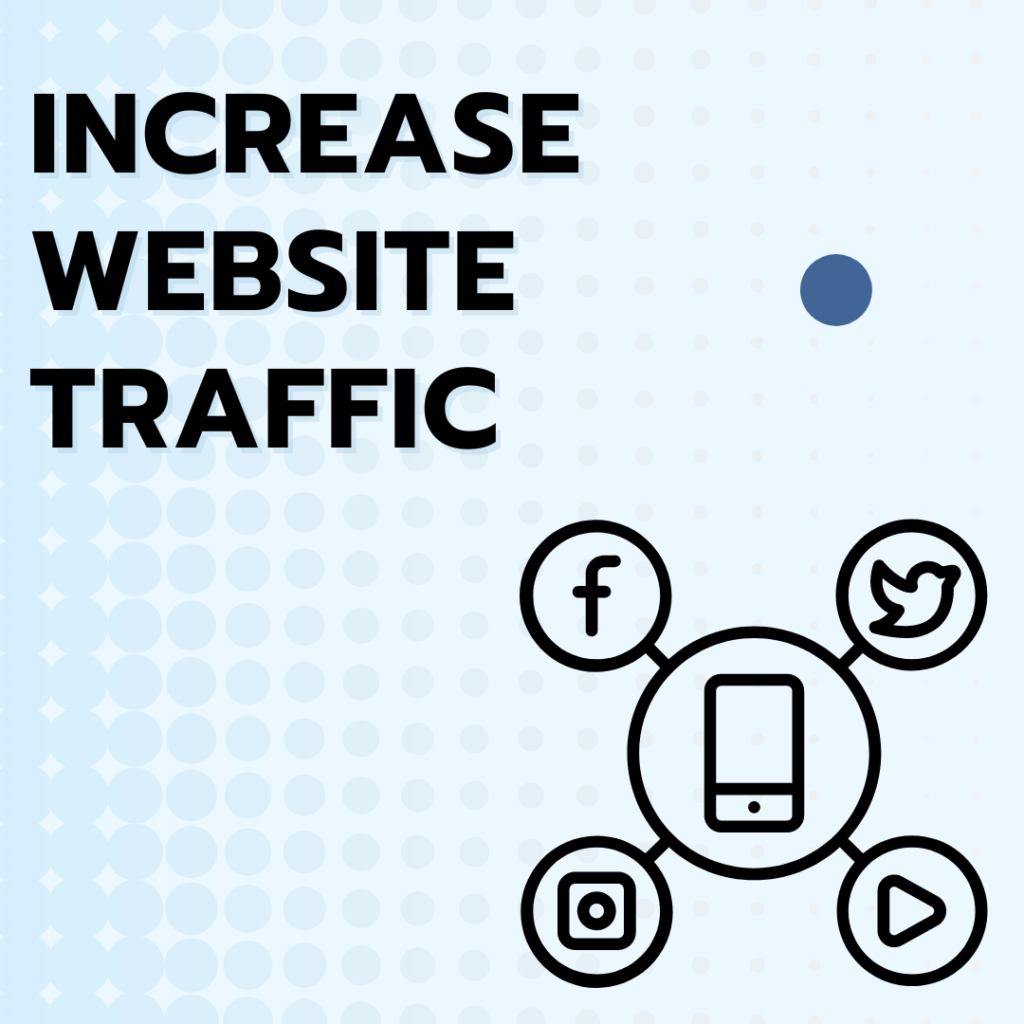
Search rankings are the key to the success of any online business. SEO stands for search engine optimization and is a process of optimizing your website, content, and other components in order to improve your rankings on Search Engine Result Pages (SERPs).
However, it can be difficult to stay ahead of the curve when it comes to SEO best practices. The reason is quite simple. This is an ever-evolving field, and as such there are always new tips and tricks for optimizing your website. While many of the basics remain consistent, there are a few SEO techniques that often go overlooked or are not talked about enough. In this article we will discuss nine SEO tips and tricks that you can use to get the most out of your search engine optimization efforts.
Types of SEO
SEO can be divided into on-page SEO and off-page SEO. On-page SEO refers to techniques used to optimize the content and structure of a website’s pages in order to increase their visibility in search engine results. Off-page SEO is about utilizing tactics such as link building, social media promotion, and content marketing in order to increase the authority of a website and improve its ranking in search engine results.
- On-page refers to activities like optimizing titles, meta descriptions, headings, content length, internal link structure and other elements of your website that are directly related to the content on it.
- Off-page optimizations involve creating content on other websites that link back to your own website, as well as engaging in social media activities such as sharing posts on Twitter or Facebook and participating in discussion forums. The goal of off-page SEO is to improve the perceived quality of your website by showing a wide variety of sources linking back to it, thereby increasing its rankings on search engine results pages.
By focusing on both on-page and off-page SEO techniques you can ensure that your website is as optimized as possible for search engines. This will help increase the visibility of your website to potential customers and clients, helping you reach a wider audience.
9 SEO Tips and Tricks No One Talks About
Internal Linking:
Internal linking is the process of linking pages within your own website to other related pages. This helps search engines understand what content on your website is relevant and important, allowing them to index it better. Linking multiple pages on your website together can help build the overall authority of your website, making it more likely to appear in search engine results.
A good example of internal linking are blog posts that link out to other topics or services on your website. This helps keep visitors on your page longer and also gives search engines a better understanding of what content is important.
Create Content for Long Tail Keywords:
Long tail keywords can be incredibly effective for bringing in organic traffic from search engines. These are phrases and questions that are specific and descriptive, but not commonly used. They allow you to target audiences that are more likely to convert, since they know exactly what information they’re looking for.
When you create content for long tail keywords, make sure it is valuable and provides answers that readers are looking for. Focus on quality over quantity when it comes to your content; the longer and more comprehensive your article is, the better chance it has of ranking higher in search engine results.
Organize Your Content:
To make sure your content is easily scannable, use headings and subheadings to break the article up into sections. This makes it easier for people to quickly find the information they’re looking for, as well as giving search engines more signals that your content is relevant and comprehensive.
A good example of an organized article is one that follows the inverted pyramid structure, where the most important information is at the top of the article and additional details are provided in subsequent paragraphs.
Leverage Social Media
Social media is a great way to reach new audiences and increase your content’s visibility. Whenever you publish a new article, make sure to post it on your social networks and ask followers to share it with others. This will help you generate more engagement and drive more traffic to your website.

In addition, take advantage of social media’s visual appeal to create more engaging content. Use images, GIFs and videos to bring your article to life and give it a fresh look. Increasing your presence on social media also for your profile to be ranked higher since Google treats social media platforms as any other website. This means that having more followers and interaction will lead to better rankings.
Backlinks From High-Authority Websites:
Backlinks are an important part of SEO since they help Google understand the quality of your content and rank it higher. Linking to other high-authority websites will show Google that your content is valuable, relevant, and trustworthy. You can also reach out to website owners or bloggers and ask them to link back to you, which will increase your chances of getting better rankings. This includes nofollow links as well, which do not pass any link juice but can still help with rankings.
Repurposing Blog Posts as Videos or Reels:
If you’re looking to increase search traffic, repurposing blog posts as videos or reels can be a great way to do so. Videos and reels often have higher engagement rates than text-based content, so creating them from your existing content can draw more attention to it. Additionally, since Google has started displaying rich snippets in search results, videos can appear in the form of thumbnails and attract more clicks.
Creating Content to Answer User Queries:
Search engines are constantly becoming more sophisticated and they’re now able to interpret user queries better. This means that they’ll show content that is tailored to the specific query being searched for. To take advantage of this, you should create content that answers specific user queries. For example, instead of a generic blog post about “how to make money online”, you could write an article that addresses the question “what is the best way to make money online?” This will help ensure your content appears in search results when people are looking for the specific information they’re seeking. Additionally, this type of content is likely to increase engagement, as it provides users with the answer they were searching for quickly and easily.
Optimizing Images:
Images are an important part of any content marketing strategy, as they can help break up text and add visual appeal. However, if images aren’t properly optimized for search engines, they may not appear in search results when users look for them. To maximize the SEO potential of your images, make sure to use descriptive file names and alt tags that accurately describe the image, as well as compress them to reduce page load times.
Improve Page Loading Speed:
Page loading speed is an important factor when it comes to SEO, as search engines prefer websites that load quickly. To improve page loading time, make sure to optimize your images and code, enable browser caching, reduce redirects, and enable compression. Doing this ensures that your website performs well when visitors access it. Additionally, you should use a content delivery network (CDN) to speed up the delivery of webpages and assets from multiple locations. This will help reduce latency and improve user experience on your site.
Conclusion
These SEO tips are designed to help you create a successful website that will show up in search engine results. By following these tips, you can improve your website’s ranking and visibility so that more people can find it.
If you need help, an SEO agency will be able to provide you with the necessary assistance. Experienced SEO professionals can help optimize your website, giving it a better chance of appearing in search engine results and increasing traffic to your site.

Author Bio:
Khurshid Alam is the founder and director of Pixel Street. A top SEO company in Kolkata. He has over 8 years of experience in the industry and has worked with some of the world’s leading brands including ITC, The Hindu Group, Glocal Healthcare Systems, etc.